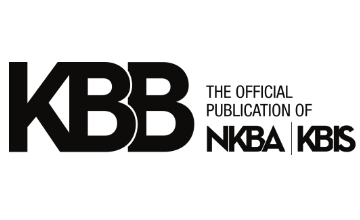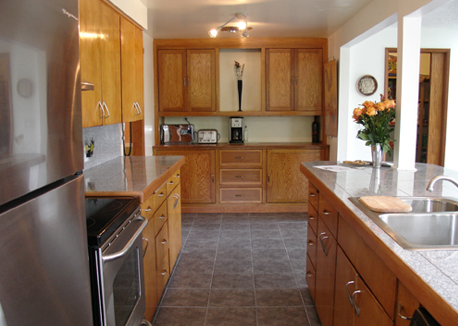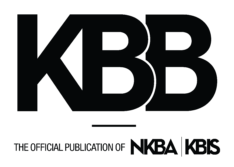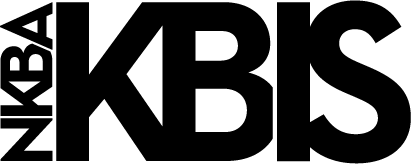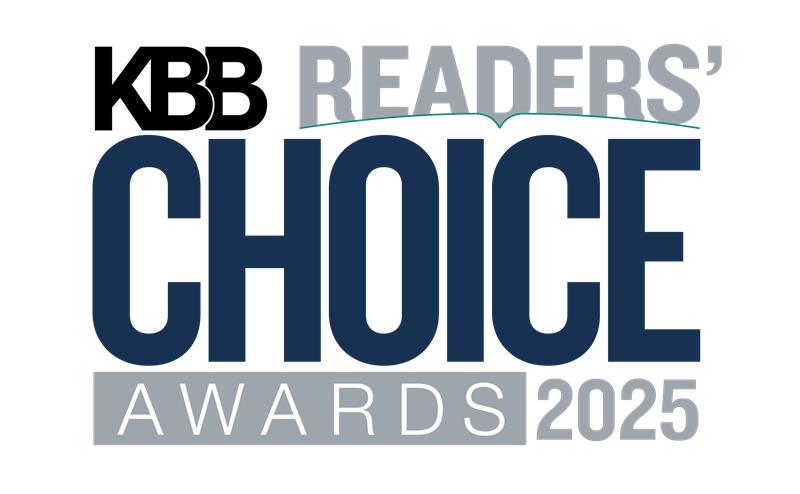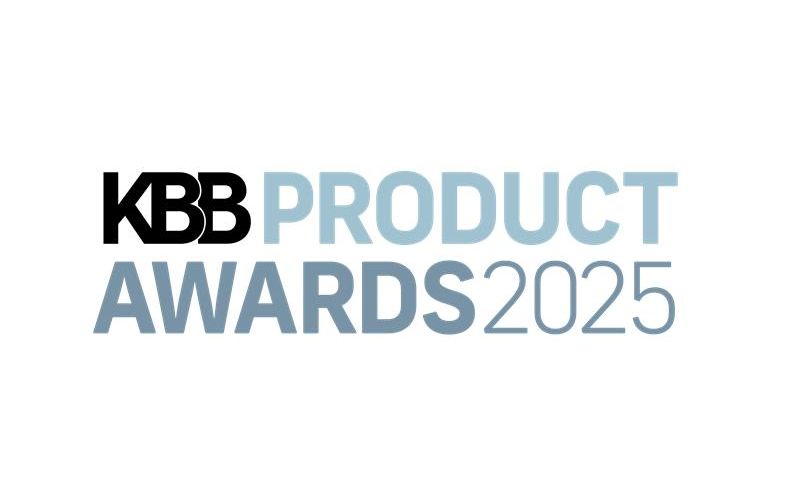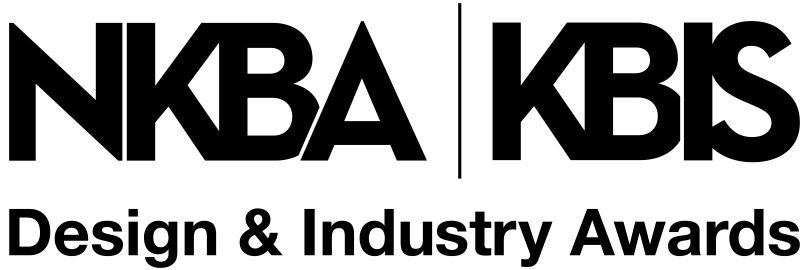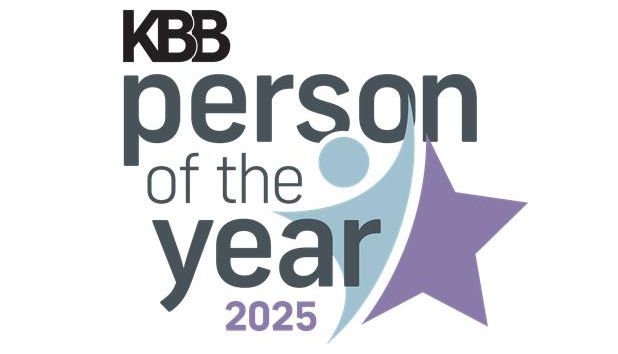RICKI, the Research Institute for Cooking & Kitchen Intelligence, asked 85 professional kitchen designers across the country how business has been trending and what strategies and tactics they plan to employ in the near future to help grow business.
THINGS ARE LOOKING UP
Designers are largely positive in their assessment of the level of business activity they experienced in the last few months of 2010 versus earlier in the year. Nearly three quarters of the designers participating in the survey (72%) say their business has either been improving during the past few months or staying about the same.
One might assume geography factors significantly into whether a particular designer’s business is improving or declining. However, designers who say their bottom lines are improving are located in cities and towns from coast to coast—from Anchorage to Bozeman, Portland to Miami and lots of places in between.
HIGH-END DESIGN IS THE TICKET
While there doesn’t appear to be a strong correlation between an uptick in business and area of the country, designers with the most positive recent track records tend to be involved in higher-end projects, wherever they may be. Those designers who have experienced a boost in business lately are more than twice as likely as other designers in the survey to have completed mostly high-end kitchen design projects in the past year (costing $50,000 or more).
Not all who focus on the luxury market, however, are faring better. Of the designers who say they have seen no change in the level of business activity in recent months, nearly equal numbers work at both ends of the pricing spectrum (projects costing less than $20,000 as well as projects costing $50,000 or more). Those designers whose business has been trending downward recently are more likely to have taken on more moderately priced kitchen design projects (costing more than $20,000 but less than $50,000).
Additionally, designers who are seeing the biggest bump in business completed twice as many kitchen projects in 2010 compared to other designers (an average of 22 projects versus an average of around 11).
WEATHERING THE STORM
Throughout our country’s history, tumultuous economic periods are followed by periods of groundbreaking innovation. More than half of the companies on the Fortune 500 list today were founded during gloomy economic periods, and the icons of architecture designed some of America’s greatest buildings in not-so-great economies: Frank Lloyd Wright’s masterpiece Falling Water and Raymond Hood’s 30 Rock (Rockefeller Center) were completed in the late 1930s. In a similar way, kitchen designers are rethinking their business plans, retooling their portfolios and showrooms and getting innovative in their marketing tactics. They have wiped away the cobwebs from the recession and are taking action to make their marketing efforts successful, trying new things to gain more exposure for themselves and their companies to grow business in the new reality.
As revealed by the survey, they’re also making smart strategic decisions based on changing demographics, new shopper behavior and other shifts in the marketplace. For example, Brent Juneau, of Bennett’s Custom Cabinets in Jacksonville, FL, points to an increase in demand for a more contemporary aesthetic in his historically traditional market. “We are getting more interest in cleaner lines, more contemporary designs,” he said. “We are looking at adding displays in our showroom with these design elements.”
Virtually all of the designers in the study talked about undertaking multitiered strategic marketing and promotional efforts in the coming year in an effort to grow their businesses. In fact, only two out of the 85 participating designers indicated they do not have any additional activities planned. Mark Mackmiller, owner of mackmiller design+build in the Minneapolis-St. Paul area, is representative of the thinking among designers in the study. “Our 2011 marketing plan is going to focus on past client contacts through newsletters three times per year, client appreciation parties for newly completed projects so the homeowners can show off their projects to their family, friends and neighbors, door hangers at the start of every job going to neighbors within one block of the job and participation in a local Remodeler’s Showcase two times a year,” said Mackmiller. “We’ll also be making phone calls to past customers to see if they have an upcoming project or friends needing work done, entering projects in local, regional and national design competitions, following up successes with press releases, partnering with other vendors to generate leads and trying at least two speaking opportunities with the public. We are also redoing our website and have hired a group that does search engine optimization.”
MAKING CONNECTIONS KEY
Considering all of the efforts designers plan to implement to build business in the near future, the most common theme centers around in-person networking (43%) or, as Long Island designer Susan Serra called it, “personal branding.” At the top of the list for many designers is face-to-face interaction, making personal connections. This includes doing one or more of the following:
• Requesting referrals (especially from previous clients).
• Collaborating (partnering with other professionals and businesses on projects and marketing programs).
• Hosting events (wine tastings, open houses upon completion of a project, participating in local home tours and gallery nights).
• Attending events (charitable events, local community meetings and other networking opportunities inside and outside of the kitchen and bath industry).
Debbie Nassetta, with Roomscapes in Southern California, said she plans to develop a newsletter and create a new brochure for “auxiliary specialties, such as wine rooms and closets,” and invite groups to use her showroom for meetings and other events. She also plans to attend more events that “get our faces and names out into the community more.”
Designers understand potential clients are using the web to get information about products and kitchen designs. Consequently, other initiatives being undertaken by around one in five designers include updating an existing website or creating a website (19%) and utilizing social media more effectively (18%). In addition, several designers talked about plans to start blogging or creating a Facebook page soon.
Whatever the strategy may be, most designers, if not all, don’t consider having a bigger web presence or engaging in social media a panacea. As Susan Septer, of Susan Septer Design in the Minneapolis-St. Paul area, put it, “It isn’t enough to just have a website or a Facebook page anymore—everyone else does, too! It has become critical to distinguish myself within the framework of having an internet presence by offering content that will encourage a personal connection with clients.”
Another one in six designers (16%) plans to put marketing dollars into paid advertising, everything from magazine ads to door hangers, while nearly one in 10 (9%) plans to shoot for free publicity, freshen up their showroom displays, reorganize their businesses and expand their target market to include related professionals, such as architects, electricians, plumbers and remodelers.

Kitchen product manufacturers can use feedback such as this to help designers rebound from a tough few years by helping on any number of fronts, including: Finding ways to facilitate event planning; offering professional advice on marketing strategies and creative problem-solving; providing insightful content for designers’ websites, newsletters or blogs; and developing forums for them to promote their work and connect with other designers. (The designers RICKI communicates with appreciate the camaraderie and exchange of ideas regardless of the platform, including online forums and in-person seminars.)
All in all, comments from the designers participating in this study suggest the fog of recession is beginning to lift and the sun is peeking out brightly from behind the clouds. The past few years have been game-changing for many of us. But the gears of innovation are churning. Creativity is sparking all around us.
—Erin Gallagher is Chief of Insights at the Research Institute for Cooking & Kitchen Intelligence (RICKI). The online survey took place from November 30 through December 10, 2010.
